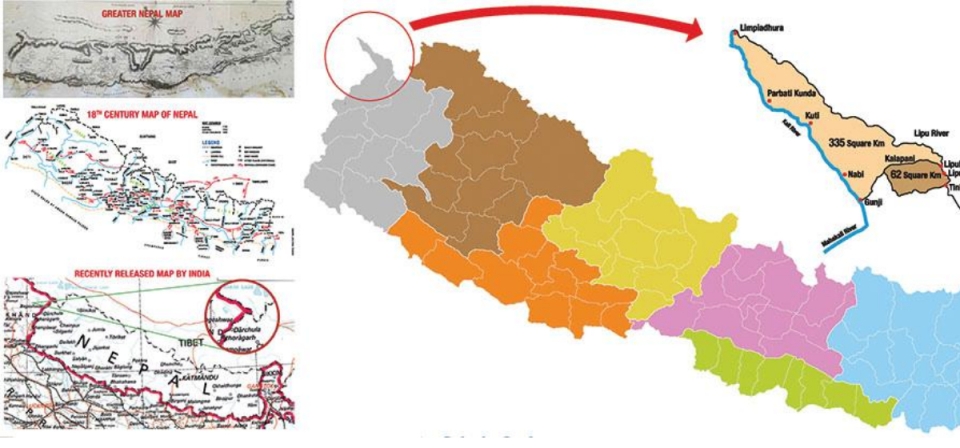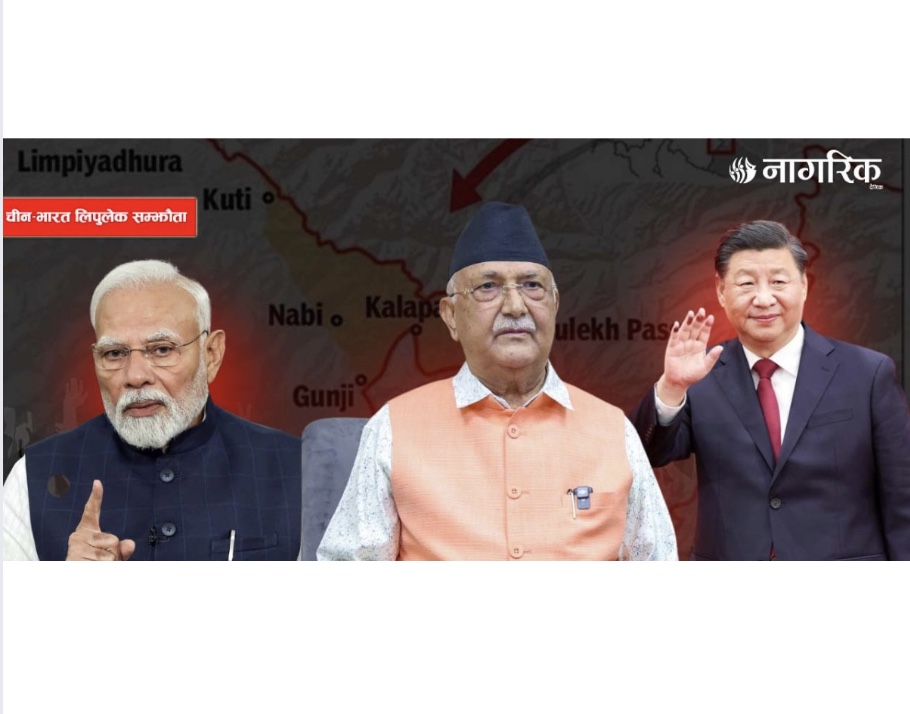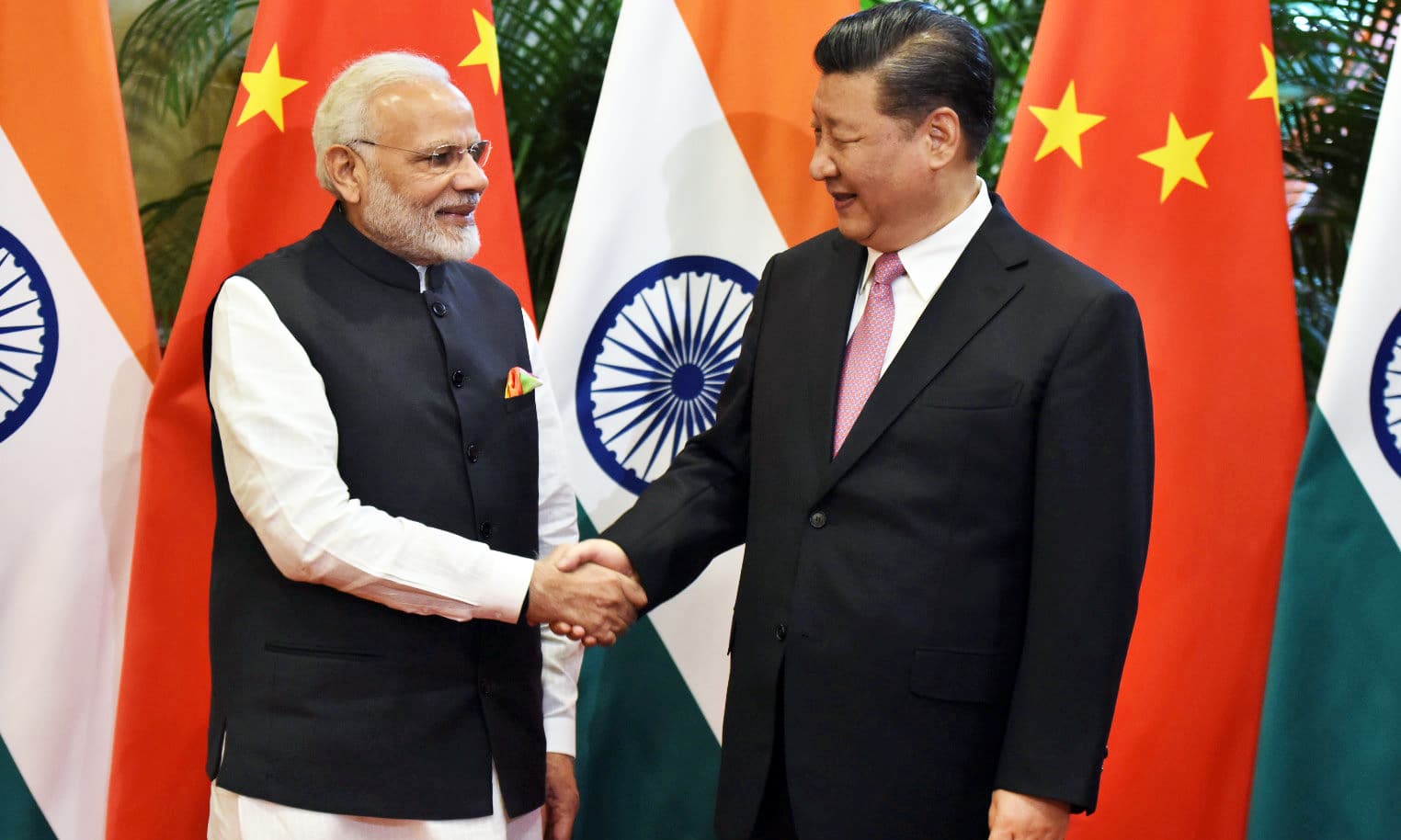KATHMANDU, Aug 21: A fresh diplomatic row has erupted after India and China agreed to reopen border trade through Lipulekh—a Himalayan pass that Nepal maintains lies within its sovereign territory. The development has once again sidelined Kathmandu in a dispute involving its own land.
On Wednesday evening, the Ministry of Foreign Affairs (MoFA) issued a three-point statement reiterating that Limpiyadhura, Lipulekh, and Kalapani are "integral parts of Nepal," enshrined in the country's constitution and reflected in its official map. The statement, issued by the MoFA spokesperson in response to media queries on the India-China agreement to resume trade through Lipulekh, stressed that it has "consistently urged the Government of India not to carry out activities such as road construction, expansion, or cross-border trade" in the disputed areas.
The statement also noted that both India and China have been formally informed that the areas east of the Mahakali River belong to Nepal. While underlining Nepal's readiness to resolve the boundary dispute through diplomacy, MoFA insisted that dialogue must be rooted in "historical treaties, maps, facts, and evidence."
India, however, swiftly rejected Nepal's claims. Responding to Nepal's remarks, Indian External Affairs Ministry Spokesperson Randhir Jaiswal in a statement said on Tuesday: "Our position remains that such claims are neither justified nor based on historical facts and evidence. Any unilateral, artificial enlargement of territorial claims is untenable."
Jaiswal added that border trade between India and China through Lipulekh began in 1954 and had continued for decades before being disrupted by Covid-19 and other developments. India maintains that the resumption of trade is a bilateral matter with China, not Nepal.
Border expert Shrestha proposes tri-junction points to resolve...

Nepal sidelined again
The controversy follows an agreement between India and China to resume trade through three Himalayan passes—Lipulekh, Shipki La, and Nathu La—during Chinese Foreign Minister Wang Yi's visit to New Delhi earlier this week. The decision was announced in a joint communiqué but without Nepal's involvement, even though Lipulekh is territory that Kathmandu has long claimed as its own.
For Nepal, the deal reinforces a familiar pattern: when the two Asian giants engage in Himalayan negotiations, Kathmandu's voice is sidelined. Analysts in Kathmandu argue that the decision highlights Nepal's marginalization in regional geopolitics despite its formal objections and diplomatic protests.
Experts in Kathmandu say Lipulekh is not just a trade route—it is a question of sovereignty. "Yet India and China continue to treat Nepal as a bystander in matters concerning Nepali land," they observe.
The Kalapani-Lipulekh-Limpiyadhura region lies at a sensitive tri-junction between Nepal, India, and Tibet. Nepal recognizes Limpiyadhura as the true source of the Mahakali River, based on the 1816 Treaty of Sugauli with British India, which sets the river as the western boundary of Nepal.
India, however, has maintained a military presence in the Kalapani area since the 1962 Sino-Indian war and has expanded road networks through Lipulekh to facilitate trade and pilgrimages to Kailash Mansarovar. For New Delhi, Lipulekh also serves as the shortest route from the Indian capital to the Chinese border, underscoring its strategic importance.
India continues to use the Lipulekh-Kalapani corridor for trade and religious routes, while China has chosen to prioritize economic engagement with India over addressing Nepal's concerns.
After New Delhi's refusal to engage in dialogue to resolve the border disputes involving Kalapani, Lipulekh, and Limpiyadhura—and its unilateral move to carry out strategic road construction and revise its map to include these territories as its own—Nepal formally revised its national map in 2020 to incorporate Limpiyadhura, Lipulekh, and Kalapani, asserting sovereignty over the region. India dismissed the move as a "cartographic assertion."
The latest India-China understanding comes just weeks before Prime Minister KP Sharma Oli's expected participation in the Shanghai Cooperation Organization (SCO) summit in China, where he may also meet Indian Prime Minister Narendra Modi.
Also read:
VIDEO: Historian Dhungel explains Nepal-India border dispute




































